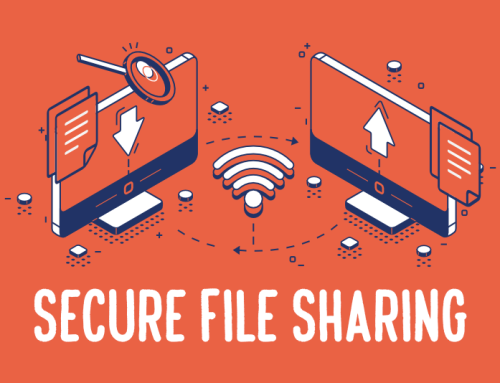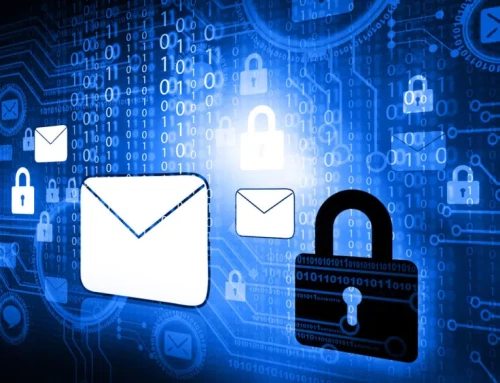Two-factor authentication
Making sure our online accounts are secure has never been more important given the way our world is becoming more connect and how much of our lives are now live online. Data breaches and cyberattacks are now frequent occurrences, putting our sensitive data and personal information at risk. Two-factor authentication (2FA) has become a crucial security measure to mitigate these risks. We will examine what 2FA is, how it functions, and why it is crucial for protecting our online identities in this article.
Understanding Two-Factor Authentication
By requesting two different forms of identification from users before granting access, two-factor authentication adds an extra layer of security to our online accounts. The conventional username and password combination, which has been shown to be open to hacking attempts, is not use. Implementing 2FA significantly reduces the possibility of unauthoris access to an account because potential attackers would have to get past an additional verification step.
How Does Two-Factor Authentication Work?
The three different factors of something you know, something you have, and something you are is typically use in two-factor authentication. A password or PIN is frequently use as the first factor, or something you know. A physical token like a smart card, a USB security key, or a mobile device could be the second factor—something you have. Biometric information, like a fingerprint, face recognition technology, or voice recognition technology, is frequently use in the third factor, something you are.
The Importance of Two-Factor Authentication
Enhanced Security: 2FA significantly lowers the risk of unauthorized access to online accounts by requiring an additional layer of authentication. Hackers would find it much harder to compromise an account if they were able to get the second factor even if they managed to get the user’s password.
Flexibility and Accessibility
Two-factor authentication offers a number of second-factor methods, allowing users to select the one that best suits their needs. Users can choose the authentication method that best suits their accessibility requirements, whether it be relying on biometric data, receiving a code via SMS, or using an authentication app.
It is essential to strengthen our online defenses in a time when digital threats rule. An efficient and reliable solution to safeguard our online identities and sensitive data is two-factor authentication. 2FA significantly strengthens security protocols, reduces the chance of data breaches, and protects against phishing attacks by adding an extra layer of authentication. By using this effective tool, people and organisations can embrace a safer digital future and protect the integrity and privacy of their online presence.
Protection Against Data Breach
User credentials from countless users have been found on the dark web, and data breaches are becoming alarmingly common. Even if a hacker managed to get their hands on a user’s password with 2FA in place, they would be unable to access the account without the second factor, making stolen credentials useless.
Phishing attacks are a common type of cybercrime in which attackers deceive victims into disclosing their login information. With 2FA, an attacker would be unable to access the account without the second factor even if a user unknowingly provided their password to a fraudulent website.
Users are first prompt to enter their username and password as the first factor when logging into an account protect by 2FA. The system will then ask for the second factor, which can be a biometric scan or one-time password (OTP) generat by an authentication app or sent via SMS after this information has been verifi. Users can access their accounts only after successfully providing both factors.
Two-factor authentication (2FA) is a critical component of cybersecurity, and antivirus software indirectly supports its effectiveness. Here’s how RAM antivirus is related to 2FA:
Protection from Keyloggers: Some malware, like keyloggers, can capture your username and password as you enter them. Antivirus software can detect and block these keyloggers, which, in turn, helps protect your login credentials. This is essential for 2FA because a compromised username and password are the first step in an attacker’s access to your accounts.






